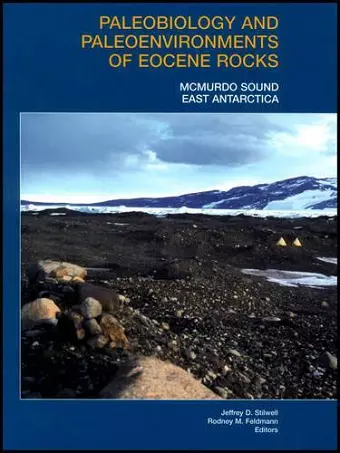Paleobiology and Paleoenvironments of Eocene Rocks
McMurdo Sound, East Antarctica
Jeffrey D Stilwell editor Rodney M Feldmann editor
Format:Hardback
Publisher:John Wiley & Sons Inc
Currently unavailable, and unfortunately no date known when it will be back

Published by the American Geophysical Union as part of the Antarctic Research Series, Volume 76.
Michael K. Brett-Surman, George Washington University, observed that, "being a paleontologist is like being a coroner except all the witnesses are dead and all the evidence has been left out in the rain for 65 million years." In the study of paleontology in Antarctica it could also be added that, if not left out in the rain, most of the evidence remains buried beneath several thousand feet of ice. Elucidating the geologic history of the Antarctic continent will always be plagued with this problem. Nonetheless, numerous clever means have been used to extract as much information as is possible, and as presented in this volume. In this light, one of the most intriguing time intervals in Antarctic history is the Eocene Epoch. During this time, the climatic conditions deteriorated rapidly from the so-called "Greenhouse" conditions that dominated Earth's conditions from mid-Mesozoic time through the early Cenozoic to the "Icehouse" conditions that have dominated the climate since that time. Unfortunately, the record of Eocene rocks on the continent is sparse. On the Antarctic Peninsula, specifically on Seymour Island, a robust record of Eocene rocks and fossils has provided virtually all the information we possess about this time interval. Thus the discovery and description of Eocene erratic boulders in morainal deposits in the McMurdo Sound region provides only the second site on the entire continent where we can study the paleontology of this time interval. In all likelihood, the description of erratics containing fossils from any other place in the world would warrant little study and would attract even less attention. However, when most of the vast area of Antarctica lies beneath ice and when clues to the nature of the crust of that part of the continent can be extracted only from study of erratics, the discovery carries with it some excitement.
ISBN: 9780875909479
Dimensions: 274mm x 211mm x 26mm
Weight: 1306g
372 pages